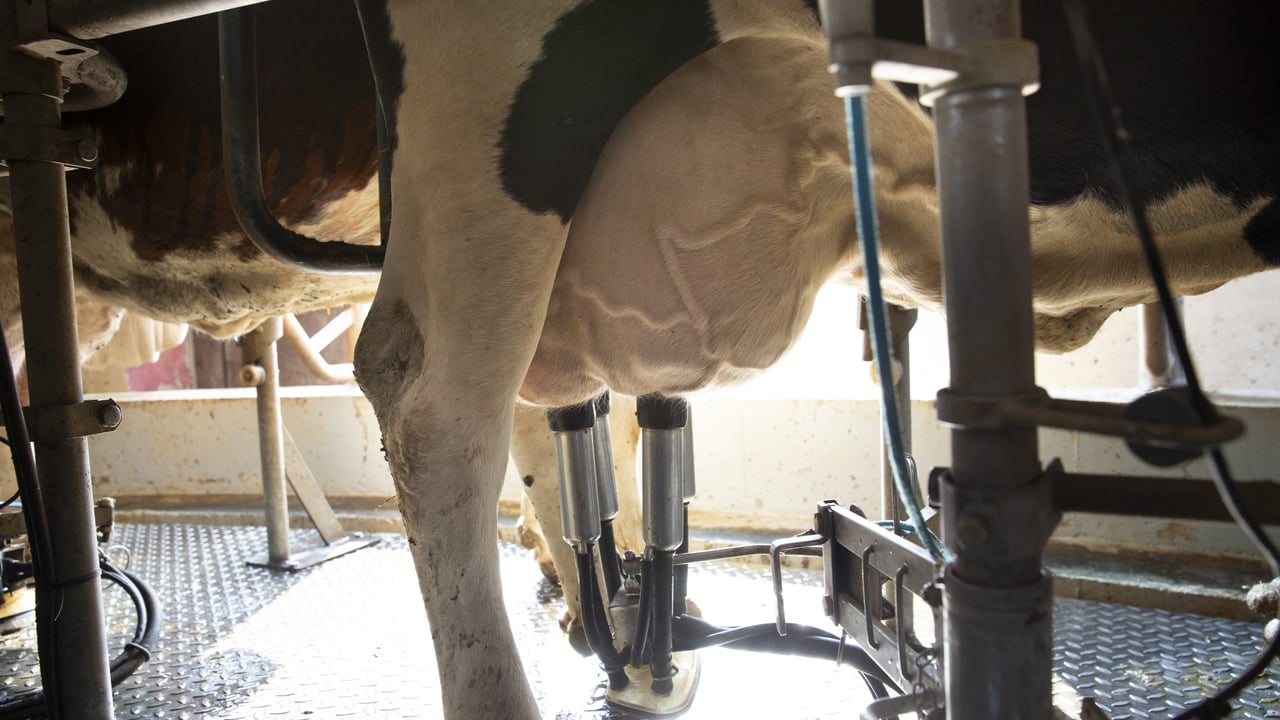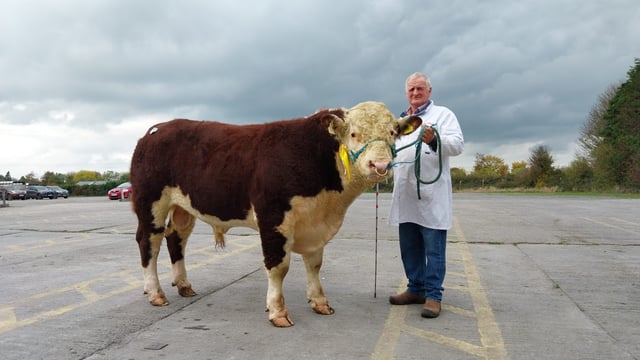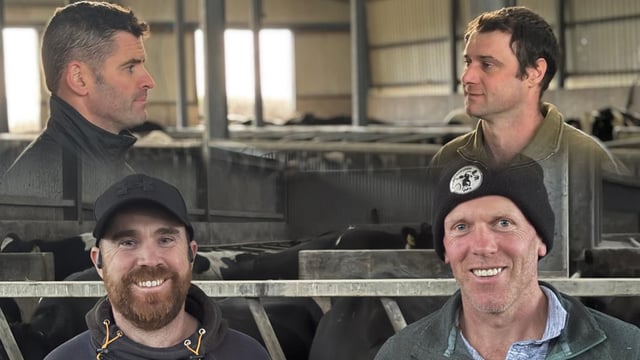Is it worth milk culturing before drying-off this winter?
Preparations are now under way on most dairy farms to dry-off the spring calving herd over the coming four to six weeks.
We will not feel until it is time to dry-off the first lactation cows alongside any cows with a poor body condition score (BCS).
Mastitis has been said to cost the average dairy farm €60/cow/year, despite tireless efforts going into reducing the infection.
Therefore a lot of farmers are currently busy milk recording to get the most up-to-date data before carrying out selective dry cow therapy (SDCT).
Since the introduction of dry cow therapy, a lot more farmers have also taken up the practice of milk culturing before drying-off as an extra security step.
Milk culturing
It is not possible to know what bacteria is causing issues in your herd by looking at the milk, udders or somatic cell count (SCC) levels.
However, milk culturing and sensitivity tests allow farmers to identify what type of bacteria is floating around within their herd.
When you take a milk culture, it will be sent to a lab where the bacteria is let grow. The lab then assesses the colonies that form to identify the causative agents.
After approximately three days, the lab will inform you what agents are present, with the most typical agents found in milk cultures being staph, aureus, strep, uberis, and agalactiae.
A lot of farmers carry out milk culturing when there is an issue with mastitis, but by milk culturing now, you may be able to get ahead of the problem before spring.
However, it can be a costly practice to carry out, with each sample costing between €25-€30, or more for PCR testing, and farmers being advised to take at least 10 samples to get a clear picture of the on-farm bacteria.
Farmers who have had consistent problems with mastitis or carry out intense SDCT do find the process worth it, as by using bacteria-specific treatments, they have managed to reduce herd incidence.
Farmers often use sensitivity testing to examine the resistance or susceptibility of the cultured bacteria to a list of antibiotics to see the effectiveness.
Samples
Sampling techniques and hygiene play a vital role in ensuring your milk culture tests are accurate.
If bacteria from the environment, whether that be from the cows udder, tail, your hands, or even within the the tube are present, then the sample may be contaminated and hard to read.
This bacteria can often render the sample useless, so it is critically important to have proper strategy in place when taking the sample.
The following steps should be taken:
- Clean, disinfect and dry teats;
- Use disposable gloves and sterile sampling bottles;
- Keep the sample bottle capped until you are taking the sample;
- Draw the milk into the sample bottle holding it at a 45° angle to avoid any dirt from the udder going into the bottle;
- Refrigerate at 4℃ or freeze the sample if necessary.
It is advisable to use the Californian Mastitis Test (CMT) before taking the sample to identify high SCC quarters.
Remember - you cannot sample a cow for culture and sensitivity if she has been treated with antibiotics in the last month.





